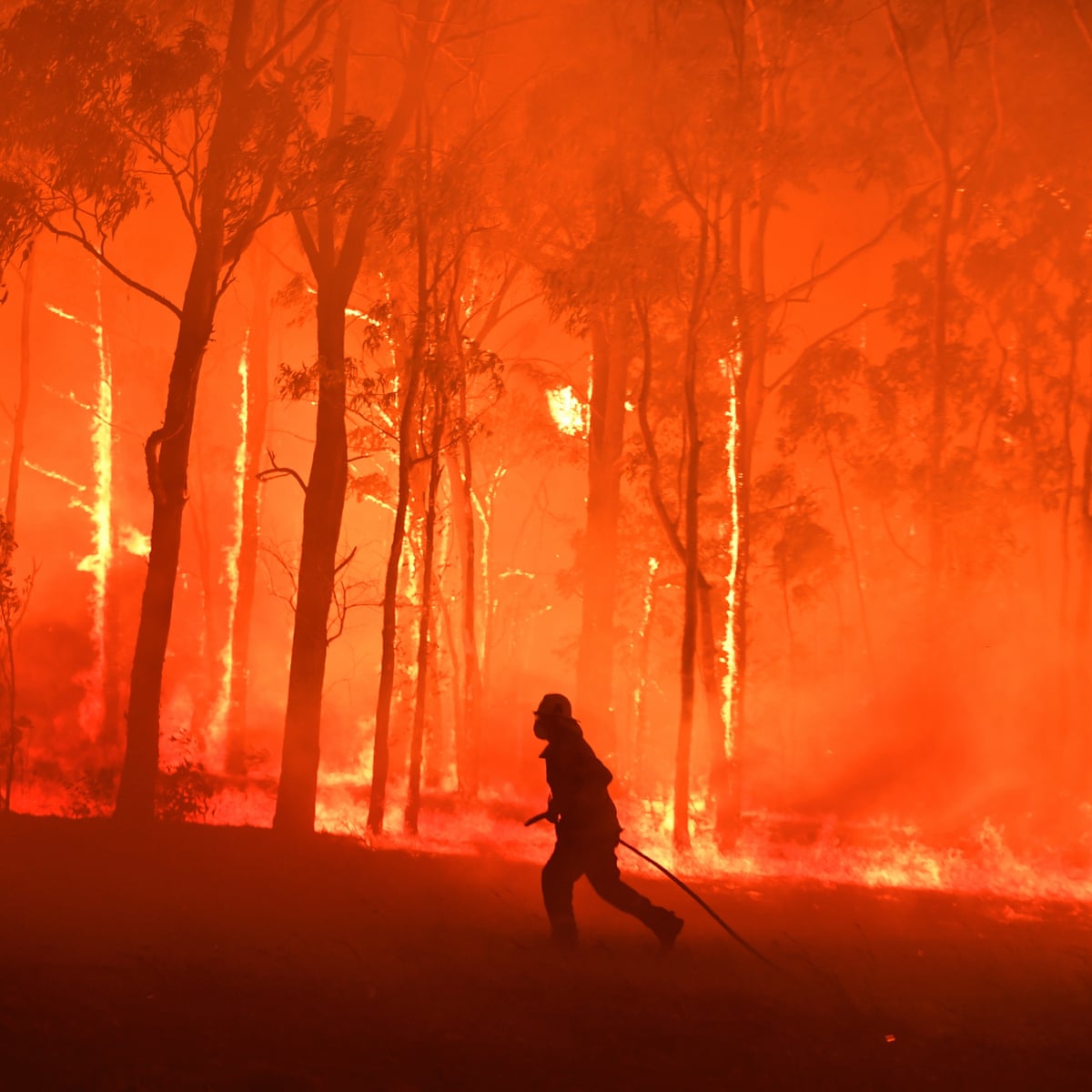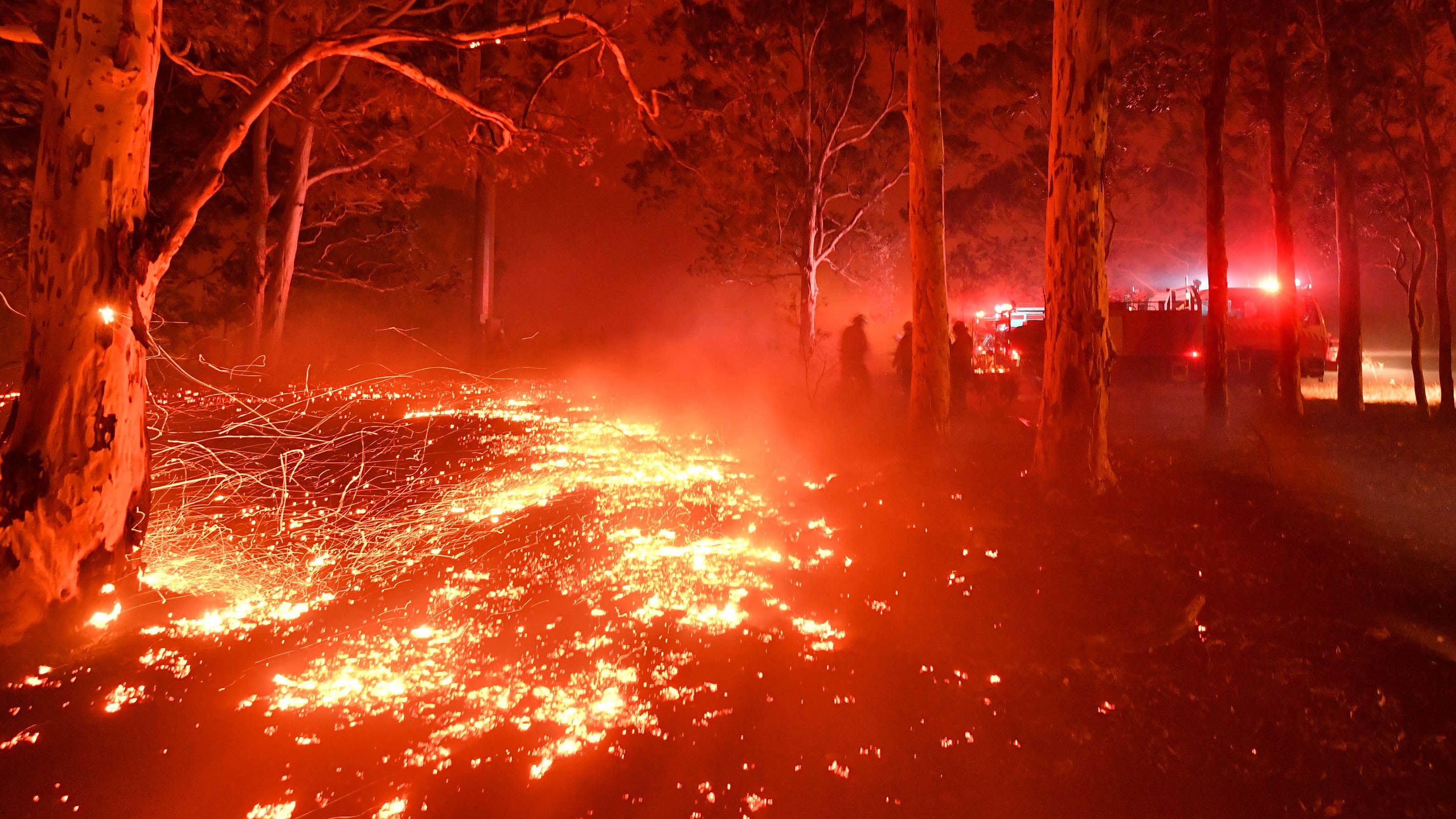Proactive Residential Property Defense: Leveraging the Insights of a BAL Report
Wiki Article
Just How BAL Record Impacts Shrub Fire Security Procedures
In the realm of bush fire defense, the Building Attack Level (BAL) record stands as an important tool that substantially affects the security and durability of properties in fire-prone locations - BAL Report. The effect of a BAL evaluation extends far past plain documentation; it offers as the keystone for identifying the proper building requirements and fire protection measures essential to alleviate the dangers presented by bushfires. As communities face progressively serious fire seasons, understanding just how the BAL report forms these protective actions comes to be extremely important for homeowners, policymakers, and contractors alikeComprehending the Bushfire Strike Level

Value of BAL Record Evaluation

Moreover, the BAL report assessment functions as a foundational action in adhering to lawful obligations and demands associated with bushfire defense. Local councils and authorities frequently mandate the submission of a BAL record as component of the preparation and building approval process to guarantee that homes are effectively guarded versus bushfire risks. Failing to conduct an extensive BAL record evaluation can lead to insufficient security actions, leaving homes prone to ravaging bushfire events.
Building Requirements Based Upon BAL
A thorough understanding of the Bushfire Strike Degree (BAL) allows building proprietors to carry out building standards customized to their certain threat account. Construction standards based upon BAL are critical in straight from the source alleviating the influence of bushfires on residential or commercial properties. The BAL rating classifies the prospective threat a property faces during a bushfire on a range from BAL-Low to BAL-FZ (Fire Area) Each BAL degree corresponds to particular building requirements laid out in the Australian Typical AS3959-2018 Building of Buildings in Bushfire-Prone Areas. Homes identified as BAL-Low may just require standard measures such as removing dig this particles and maintaining yards, while those in greater BAL categories require even more durable actions like ash displays, fire-resistant products, and secured home windows. Abiding by these building and construction standards not only improves the architectural strength of the property yet additionally improves the overall safety and security of locals throughout a bushfire event. Consequently, home proprietors should thoroughly consider their BAL ranking and adhere to the matching building standards to adequately protect their homes and passengers.Applying Fire Security Procedures
With the structure of building requirements based on Bushfire Strike Degree (BAL) in place, the emphasis now changes in the direction of the sensible implementation of fire defense measures to strengthen buildings against bushfire risks. Easy actions include using fire-resistant structure products, setting up my latest blog post coal guards on vents, sealing gaps in wall surfaces and roof coverings, and maintaining a clear room around the property free from flammable greenery. By incorporating both passive and active methods, residential or commercial properties can significantly lower their vulnerability to bushfire events and raise the safety and security of residents.Shielding Homes Versus Bushfires
Properly securing homes versus the destructive impacts of bushfires needs a extensive and positive approach to fire security steps. Home owners staying in bushfire-prone areas need to prioritize the execution of different strategies to improve their home's strength versus wildfires. One basic facet is creating a defensible space around the home by preserving a clear area devoid of combustible products. This consists of frequently trimming plant life, getting rid of dead plants, and ensuring a risk-free distance between structures and trees. Mounting fire-resistant roofing products can likewise significantly lower the threat of coal strikes and straight fire get in touch with. In addition, sealing vents and voids to prevent cinder invasion, in addition to incorporating fireproof windows and doors, can help fortify the home's defense against bushfires. Purchasing a trustworthy water source, such as a well-kept lawn sprinkler or a dedicated water tank, is essential for supplying water throughout fire emergency situations - BAL Report. By embracing a proactive stance and incorporating these safety procedures, homeowners can considerably increase their chances of protecting their homes versus bushfires.Final Thought
In final thought, the Bushfire Attack Degree (BAL) record plays an important duty in identifying the necessary security steps against bushfires. Executing fire defense steps based on the BAL report is crucial in securing buildings from potential bushfire risks.In examining bushfire threat to residential or commercial properties, recognizing the Bushfire Strike Degree (BAL) is a crucial component for implementing efficient security measures. Overall, a clear understanding of the Bushfire Attack Level is vital for implementing adequate security actions and reducing the influence of bushfires on residential properties.

Report this wiki page